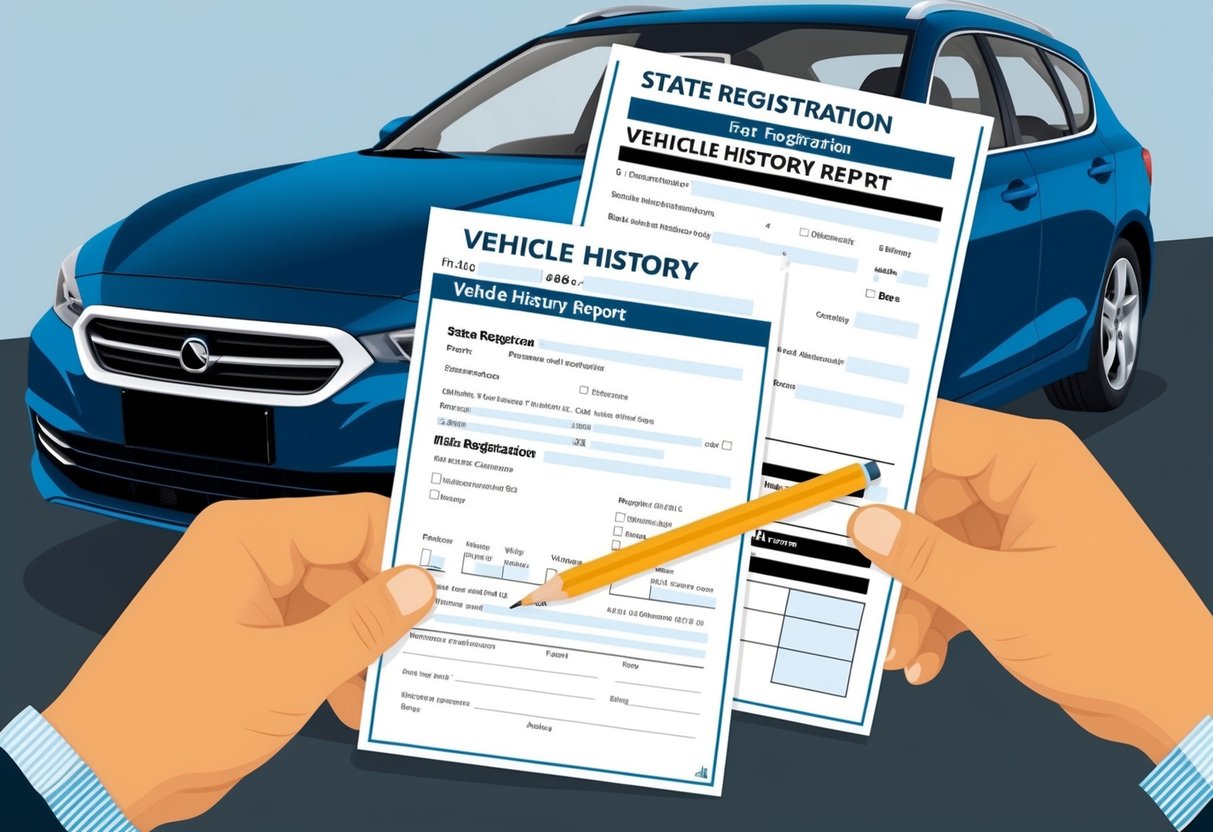
Driver’s License and Identification
A valid driver’s license is mandatory to register a used car under an individual’s name. It acts as government-issued ID verifying the applicant’s identity and residency.
Some states also accept state-issued identification cards if the applicant does not possess a driver’s license. The registration office will typically require a physical copy or a digital scan of the driver’s license.
In some jurisdictions, additional proof of residency such as utility bills or lease agreements may be requested, especially if the applicant’s address is not up to date on their identification.
Sales Tax Records
Sales tax must be settled before a used car can be registered. States will typically require buyers to submit records showing that tax was collected at the point of sale or that payment is due upon registration.
A detailed receipt from the seller or dealership listing the paid sales tax is acceptable in most cases. If no tax was collected at the time of sale, the state’s motor vehicle department will calculate the amount owed based on the bill of sale or vehicle value.
Proper documentation of sales tax payment, or proof that the vehicle qualifies for a tax exemption, must be provided at the time of registration to avoid penalties or registration denial.
Obtaining and Reviewing a Vehicle History Report

Reviewing a vehicle history report is a critical step when registering a used car. Reports from services like Carfax reveal vital information that can impact legal ownership, cost, and long-term satisfaction.
Why the Vehicle History Matters
A vehicle history report helps buyers avoid hidden problems when purchasing a used car. This document includes details such as prior ownership, accident records, odometer readings, title status, and major repairs.
Understanding the car’s background may help prevent issues related to salvage titles, flood damage, and past theft. For example, past accidents or major repairs can influence a car’s safety and resale value.
Key information usually found in reports:
- Previous owners
- Accident and damage history
- Title and registration changes
- Odometer readings
- Recall and defect information
Buyers can access these reports using the car’s 17-digit VIN, typically found on the driver’s side dashboard. Reliable sites like the National Motor Vehicle Title Information System (NMVTIS), Kelley Blue Book, and AutoCheck offer detailed records for added peace of mind.
How to Use Carfax and Similar Services
Popular providers such as Carfax and AutoCheck make it easy to obtain a comprehensive history for most used cars. Begin by locating the vehicle’s VIN, then enter it on the provider’s website.
These services compile information from state DMVs, insurance companies, law enforcement, and repair shops. Carfax, for instance, highlights red flags like salvage titles, major accidents, and past odometer rollbacks.
When reviewing the report, pay close attention to:
- Number of previous owners
- Structural damage or fire/flood events
- Service history and scheduled maintenance
A detailed vehicle history report lets buyers make informed decisions. Always verify the information against the seller’s claims before finalizing the purchase.
Navigating the Registration Process at the DMV
Registering a used car involves direct interaction with the department of motor vehicles. Bringing the right documents and knowing the process can help car owners avoid delays, fees, or repeat visits.
Booking Appointments and Required Forms
Most states encourage car owners to book an appointment online before going to the DMV, especially during busy periods. This can be done through the state motor vehicle agency’s official website.
Walk-ins are accepted in many locations, but wait times may be longer. Essential documents for registration may include the car’s signed title, a valid driver license, proof of insurance, and a completed application for registration.
Several DMV forms are available for download as PDF files, which can be filled out electronically using software such as Adobe Acrobat before printing. It is important to check if additional documents are needed, such as emissions test results or a vehicle identification number (VIN) inspection.
In some states, forms require wet signatures while others accept digital signatures on printed documents. Double-check requirements with the DMV to prevent interruptions during the registration process.
What to Expect During Your Visit
On arrival at the DMV, present all documents and identification to a clerk at the registration counter. Payment for registration fees, sales tax, and possible late charges is typically collected at this stage.
Fees vary depending on the state, vehicle type, and renewal period. There may be additional verifications, like confirming the VIN or inspecting the car if required.
DMV staff will process all paperwork and issue temporary registration tags or license plates. A permanent registration and sticker are usually mailed within a few weeks, though some offices provide them instantly.
For more details on what is needed at an in-person appointment and specific to various states, consult resources like this Ultimate Guide For Registering Your Vehicle. Review each relevant step and bring original documents and extra copies when possible for a smooth visit.